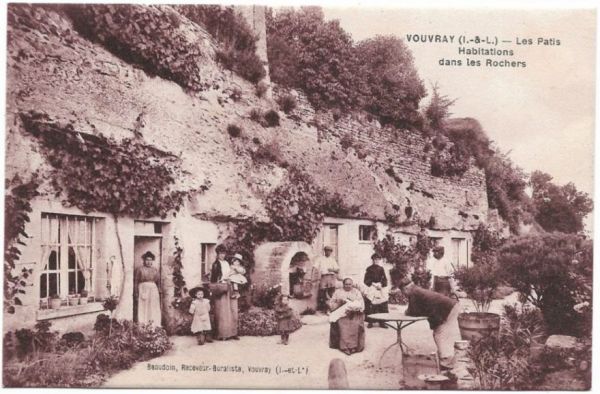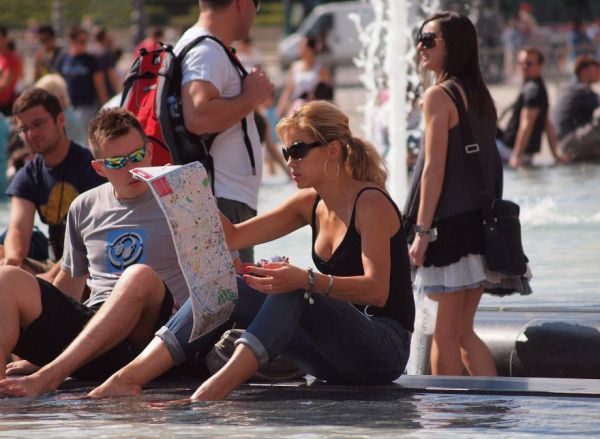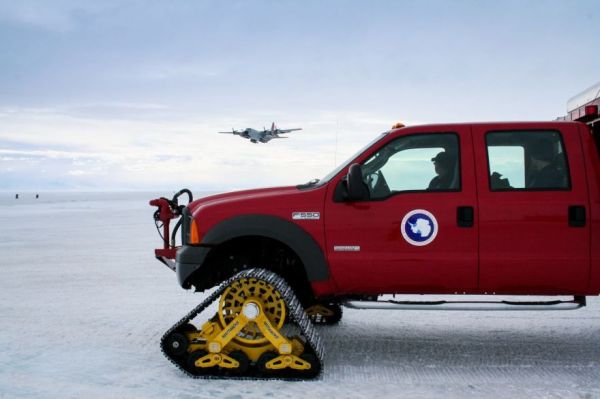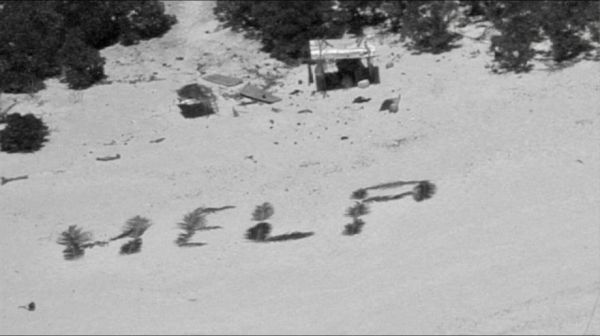
Disney Parks are going full Star Wars with a new line of Star Wars-themed food and drink items launching on Star Wars Day, which is, of course, May the 4th. The new items aren't limited to Galaxy's Edge, either. They will be available at various spots all across Disneyland, Walt Disney World, and Disneyland Paris. These include churros served in lightsaber hilts, a cake that looks like a stormtrooper helmet, death star chocolates, and the Princess of Alderaan Shake you see above, which is a salted caramel milkshake with whipped cream and edible glitter, garnished with two cinnamon rolls so you never forget who its named for. There are also serious entrees with alien names and various sweets with odd-colored icing to make them look alien. Check out the roundup of fanciful Star Wars foods coming to Disney Parks.
There's also an additional lineup of limited edition Star Wars food items that will only be available from May 4 until June 2, a period they call the Season of the Force, that you can check out here. -via Gizmodo















